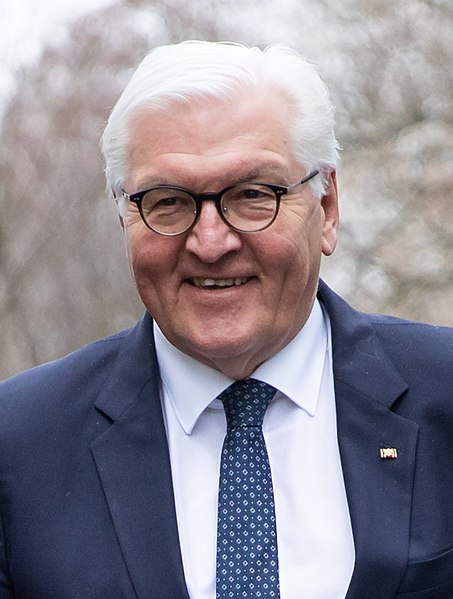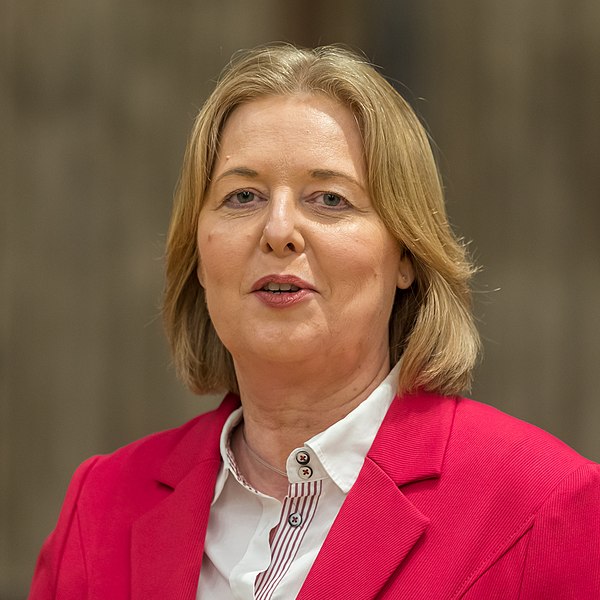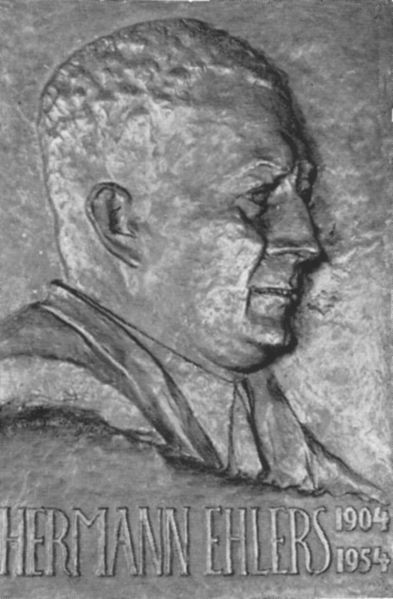German order of precedence
The German order of precedence is a symbolic hierarchy of the five highest federal offices in Germany used to direct protocol. It has no official status, but has been established in practical use.The President of Germany, the head of state of Germany.
The President of the Bundestag, the speaker of the German parliament, the Bundestag.
The Chancellor of Germany, the head of the government of Germany.
(1.) The President of the Bundesrat, the speaker of the Bundesrat, a federal legislative chamber, in which the governments of the sixteen German states are represented. The president of the Bundesrat is ex officio also deputy to the President of Germany, thus becomes first in the order, while acting on behalf of the President or while acting as head of state during a vacancy of the presidency.
The President of the Federal Constitutional Court, the supreme court of Germany.
Image: German Federal President Frank Walter Steinmeier in Helsinki 8.4.2022 (51990863165)
Image: Empfang für Bundestagspräsidentin Bärbel Bas im Kölner Rathaus 5456
Image: Sánchez se reunió con el nuevo canciller alemán Olaf Scholz en La Moncloa 20220117 (8) (cropped)
Image: 2017 06 25 Manuela Schwesig SPD Bundesparteitag by Olaf Kosinsky 16
President of the Bundestag
The president of the Bundestag presides over the sessions of the Bundestag, the federal parliament of Germany, with functions similar to that of a speaker in other countries. In the German order of precedence, the office is ranked second after the president and before the chancellor.
President of the Bundestag
Image: Hermann Ehlers Relief
Image: Verteidigungsminister Kai Uwe von Hassel (4909218489)
Image: Bundesarchiv B 145 Bild F039419 0012, Hannover, SPD Bundesparteitag, Renger







